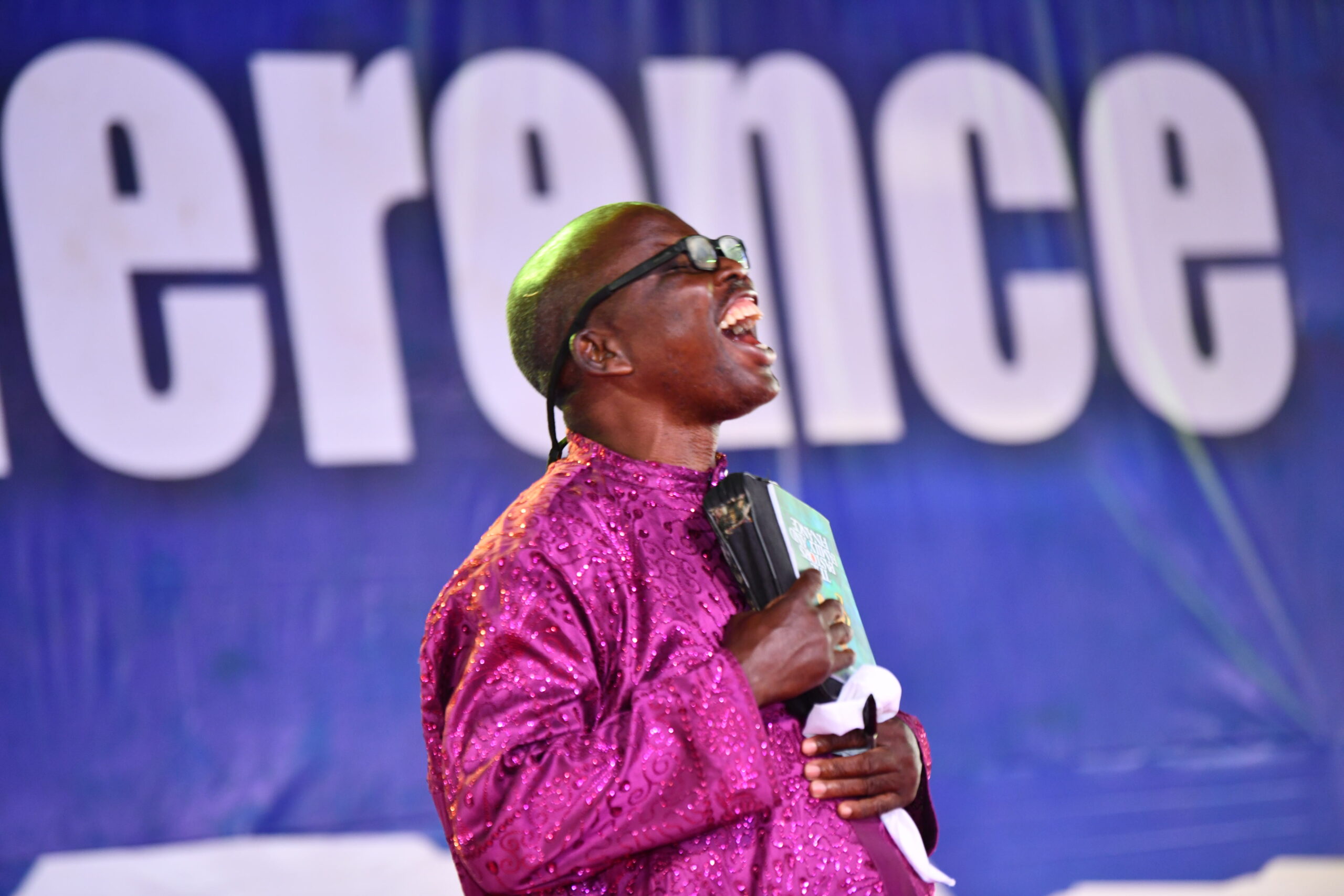Our visit to Tinapa, on the 1st of September, brought mixed emotions to me. At the same time, it reinforced something I’ve been discussing and write about for a while now. It is the issue of simulation and sustainability.
Simulation is to mimic, to try to be like, to copy, and try to execute what you’re copying, without the right intentions.
You’ll see the tendency of the average black man is to try to be like the white man or the black American. The Nigerian government started with the parliamentary system of government in the similitude of the British system of government; they could not sustain it however. The next thing was to copy the American presidential system of government. The truth of the matter, though, is that we are not operating the presidential system of government; we are more or less operating a unitary system of government.
People try to live like other people, copying their lifestyles, fashion, and behaviours; this is particularly amongst poor people. The question that always comes to my mind is how long and far can you sustain such a lifestyle. You’ll see someone who just won a contract first buy a big car, suddenly start spending extravagantly, and probably move to a bigger apartment. How long can such a person maintain this new lifestyle that has been adopted?
The Tinapa holiday resort and the economic free zone was established in the similitude of the Dubai economic free zone. The question is, before these facilities and resorts were established in the similitude of Dubai, were they aware of the period of time it took the incubate the Dubai vision? I’ve read a book by the current leader of Dubai, who, at one time at the age of 19, was the commissioner of police in that emirate, and at 22 was the minister of defense. The present leader used to stand with his grandfather when these ports were being constructed and his grandfather was telling him about his vision and dreams.
Dubai was a fishing port before now, and they had boats that carried load and shipped materials to different parts of the emirate and the middle east. They also had pearl diving; they would harvest pearls from underneath the sea and sell. The Japanese and other industrial nations started producing artificial pearls and the prices of pearls crashed. The resultant effect was the collapse of that line of business. The ports, however, had been there, although it was small. They decided they would make that place a transshipment center and an economic free and processing zone to act as a bridge between Asia, parts of Europe, Africa, and the Middle East. It was centrally located and there was a market around it; there were a lot of smaller emirates around it with a lot of money. Even though oil was not a predominant factor then, Dubai and the surrounding nations had oil. Therefore, there was economic activity and there was wealth.
The pressing question is, did the person who sat down to establish Tinapa think about sustainability?
What is Sustainability?
Sustainability is the ability to continue to do what you have set your mind to do. Not just doing it, but doing it well, maintaining it, improving on it, and growing with time to meet present generational challenges. In my post on sustainability of family businesses, I talked about companies that are celebrated on CNN in the 100 Club—which means they have existed for more than 100 years—like the Bakdash Ice-cream Parlour, in Damascus which has been producing ice-cream since 1895; these companies have not only existed, but they have grown and improved to match the demands for their generations.
What was in the mind of the person building Tinapa?
The Bible says if a man wants to build a house, he should first sit down and calculate the cost.
When an idea or a stimulus comes, the first ideal thing to do is to sit down, because the excitement of the vision might want to make you run and run. Excitement and zeal, without proper knowledge, understanding, and planning is a recipe for disaster.
If you go round Nigeria, you’ll see giant elephant projects that have been abandoned.
We wanted to build steel mills. We built one in Osogbo, one in Katsina, one in Jos, another in Delta State and one in some other place; we had 5 steel rolling mills. Did we study the steel market? Was there a steel glut at that time? What were the types of steel materials we were able to produce? Most of the time we were producing billets and rod; it was just only supposed to be construction. Why did they not consider producing flat steel for motor parts that could be easily bent.
When we wanted to open car manufacturing plants, we opened Volkswagen, ANAMMCO in Anambra, Peugeot Automobile in Kaduna. All crashed almost at the same time.
We wanted to open refineries—we opened one in Kaduna, without thinking of how the crude oil will get to Kaduna. We opened in Warri and in Port Harcourt. Now, did we think about maintaining these refineries? How were we going to maintain them and do we have the technical know-how? Why were we building 5 at the same time? At what percentage of installed capacity were we going to function? The refineries broke down and were virtually not producing much. Now, we export crude oil at a cheap price to the global market and import petroleum products, including aviation fuel, kerosene, and diesel.
We wanted to build dams—we built Kainji dam, Shiroro dam, and a host of others. A lot of these dams are not operating effectively to generate enough electricity to power the nation.
Most times, in Nigeria, we have a way of attributing size to functionality and efficiency.
In the next post, we’ll look at the steps towards sustainability.
God Bless You.



















15 Comments